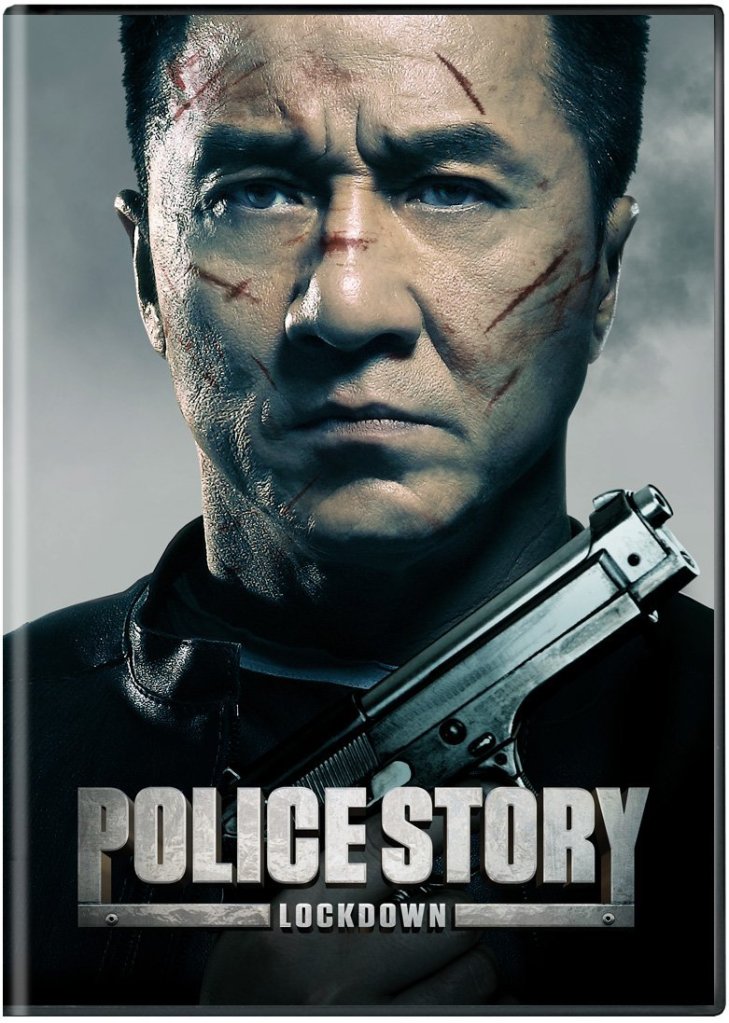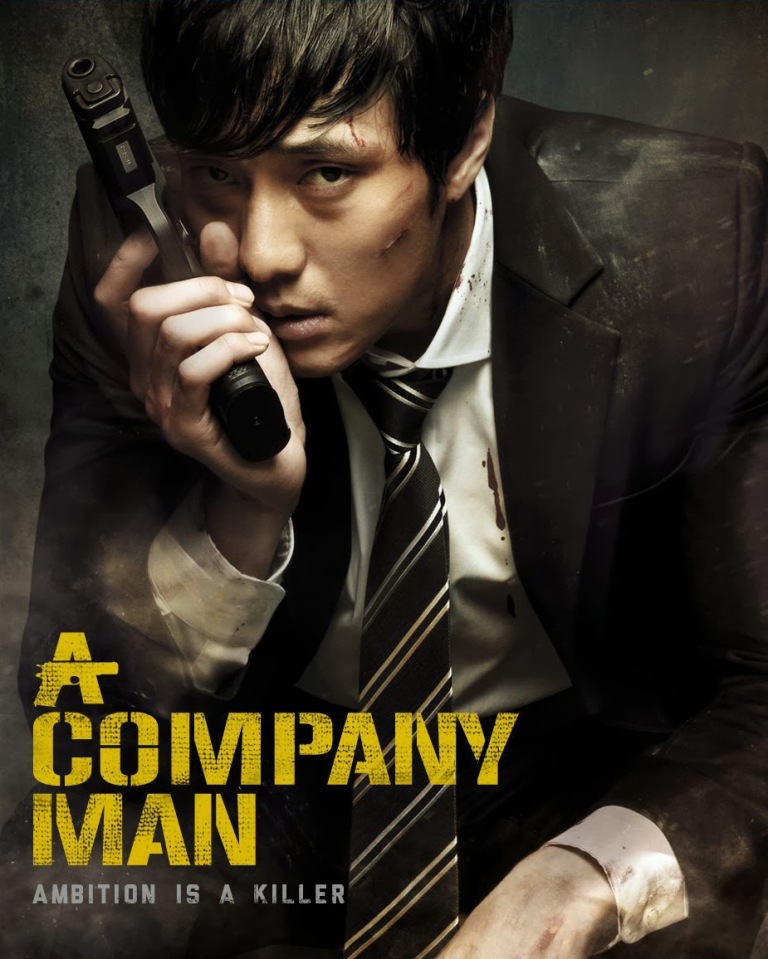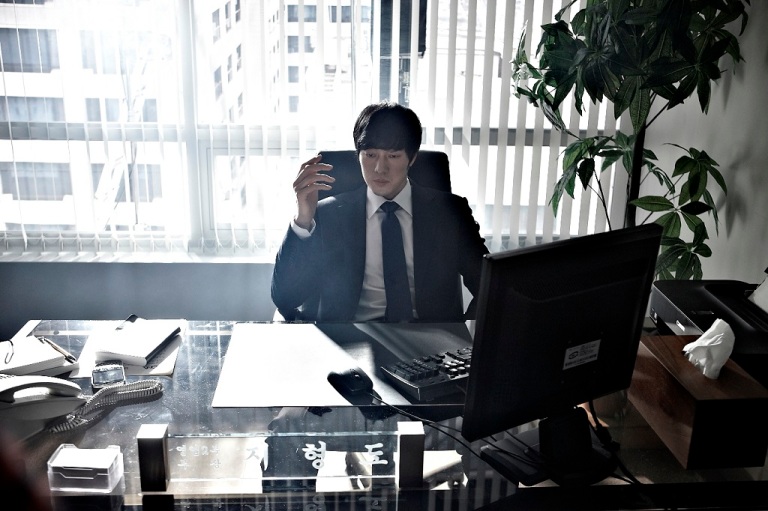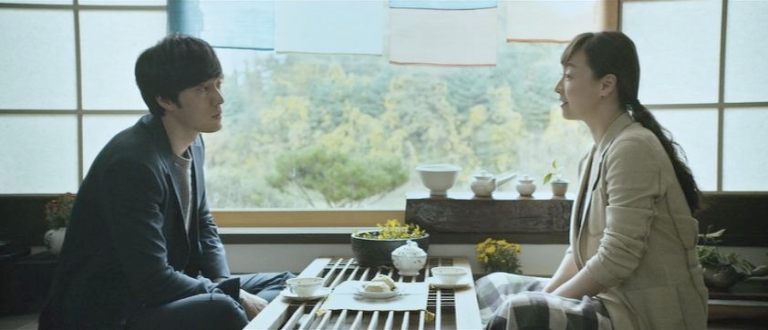 |
| Claymore |
Created in 2001,
Claymore is a dark fantasy manga written and illustrated by Norihiro Yagi. Taking place in an unnamed world, creatures called yoma prey on humans and people live in fear. In response to this fear and the threat the yoma possess, a mysterious group known as The Organization has created half-human half-yoma hybrids to combat yoma. Often called silver eyed witches on account of their appearance, or Claymores because of the large swords they carry on their backs, these women warriors are the only thing that stand between yoma and the extinction of the human race. However, because Claymores are half yoma themselves, not only are they seen as objects of fear by normal humans, but Claymores run the risk of awakening and turning into a creature consumed by their own demonic power. Once they become Awakened Beings, they are relentlessly pursued by their own organization until they are destroyed.
 |
| Clare turning monsters into cold cuts. |
Claymore opens with a young recruit slaying a yoma effortlessly, and then the scene switches to a village where its inhabits discover the body of a person who had been killed by a yoma. The increasing body count has the villagers worried and they put in a request to the Organization who sends in the recruit we saw earlier. Raki, a young boy from the village is curious about this warrior and after much insistence on learning more about her we learn that her name is Clare. It is soon discovered that the yoma Clare is hunting was masquerading as Raki's brother and while Clare makes short work of the creature, Raki is now alone and is cast out by the village. Eventually the two reunite and Clare agrees to take Raki on her journey, a journey wrought with peril.
Claymore is a difficult title for me to review not because the material is challenging but because Claymore has some very stand-out qualities early on that gradually and noticeably disappeared as time went on to the point where - at least to this reviewer - it barely resembles its original premise or even its own setting and narrative structure.
 |
| Priscilla, The Dreaded |
Claymore does a good job of setting up Clare's motivation early on which - predictably enough is a revenge tale which involves her trying to take down a renegade warrior named Priscilla who after having awakened is now the most powerful being on the planet. Clare's retainer Rubel tries to dissuade Clare from going after Priscilla who is far beyond her level, and much stronger than any other awakened being but because Clare is persistent, Rubel sends her on an awakened being hunt so she can learn firsthand the difference in power. While on this quest Clare meets up with other Claymore who have been given the same assignment and this works rather well because at this time Yagi isn't just dropping in characters with no explanation, but carefully introducing them in a logical fashion.
 |
| Phantom Miria |
In addition, he establishes the different personalities of our starter team in a very short-time with Helen being the hothead, Deneve being the calm one, and Miria being no-nonsense team leader. While these character traits are more akin to tropes rather than anything else, they start to flesh out a bit more evenly after a few chapters. Another aspect of the narrative takes shape and that's the hidden nature of the Organization which Miria aims to investigate. There is an added element of suspense, even horror when the characters start to question the nature of yoma, Claymore, and the nature of the Organization itself. When you think about it the Organization is making biological weapons and while it is for the protection of the human race, is that really the ultimate goal? It is the need to answer these and other questions that broaden the narratives focus and Clare's story expands from there. Over-time, Clare and her friends come across Awakened Beings who - while not being as powerful as Priscilla - are highly dangerous in their own right.
 |
| Isley, King of the Northern Lands |
As these and other questions slowly but surely creep their way closer and closer to the forefront of the narrative and puts Clare in a very complicated position on three fronts: 1) Clare has to work for the organization because given what she is she can't live a normal life 2) Working for the Organization is the only way to get Clare what she wants i.e. Priscilla's death and 3) Desertion isn't something the Organization takes lightly. It also has the added advantage of justifying why the Organization keeps dangerous and unstable Claymore in their ranks and also makes the story bigger than Clare's revenge tale. Another positive that Claymore has in the early goings are Yagi's character designs.
 |
| God Eye Galatea |
The character designs in Claymore are Berserk-esque, well-drawn, and no two characters look alike. Even though all the Claymore wear the same uniform you can easily tell them apart due to the shape of their eyes, cheeks, chins, ears, and of course their hair styles. The Claymore themselves are hauntingly beautiful and there is an almost otherworldly air about them which in addition to being a minor element of the narrative comes across in the way the characters are drawn. There is an almost uncomfortable level of perfection in their appearance that is masterfully juxtaposed with their dangerous and at times monstrous nature.
 |
| Clare in the shadows. |
The beauty of the Claymore not only works as a way to contrast the horror of their nature but also contributes to the aesthetics of the manga as a whole because while the world in which Claymore is set seems harmless enough, the yoma terrorizing the people and the death toll of the Claymore themselves make it apparent that this is not a romantic tale of swords and chivalry.
 |
| Alicia and Beth, The Black Ones |
These warriors lead lonely, dangerous lives, and despite their untarnished beauty they are destined to die in the darkness. It's a mature read to be sure not only because of the nudity (which is used more sparingly than you think), and the gore (ditto), but because of the tone. Unfortunately, whether it was due to the demands of his editor or if Yagi wanted to shift his focus, there were extensive changes made to the narrative, character designs, aesthetics, and the overall tone of the manga and to this reviewer, these changes were not for the better.
 |
| If these characters all look alike your eyes aren't playing tricks on you. |
As was popular at the time, Claymore went on hiatus when a major game-changing event took place in the manga. Predictably enough, as is also popular with manga, when Claymore returned it did so after a seven year time-skip which while moving the narrative forward and changing the players in this game, also brought with it a decidedly jarring shift in tone. After volume 11 or 12 Claymore no longer reads or looks like a dark fantasy manga but resembles a typical shonen title with all the cliches and tropes to boot. Yes it is true Claymore was shonen from the outset, but the dark tone, themes, settings, imagery, and narrative structure were much more mature and really made it stand out against other titles. After the time-skip however, it has lost most if not all of the qualities that made it unique. This is clearly apparent in the art style first and foremost, with the characters losing a lot of their definition and unique physical characteristics. It's no exaggeration to say many of the characters now look so much alike that I couldn't tell them apart on more than one occasion. And I've been with Claymore since the beginning.
 |
| I think Ridley Scott is going to sue someone over this. |
Another problem caused by this shonen heavy tonal shift is that it removes a lot of the suspense of the conflicts because the characters aren't in any real danger. In the first part of Claymore, our cast didn't rush headfirst into any battle with reckless abandon because the tone was more serious and the stakes were high. There was an awareness that death wasn't just a possibility but a likelihood so the warriors always kept a certain level of maturity about them. After the time-skip however they're trash talking during fights, toying with their enemies, and basically act like frat boys. The fan argument would be "Well after the time-skip they were much stronger so they knew they could handle just about enemy", but the logical counter to that would be even on those occasions where the Claymore fought yoma who were far weaker than them, they still maintained an air of seriousness because bravado was not only showy but unnecessary. While character growth and even changes in personality are always welcome, our heroes seem somewhat immature after seven years.
 |
| Ah the good ole days. |
The battles no longer have any tension or believability to them because the Claymore are never in any real danger of losing much less dying. Even when they're up against enemies that are many times more powerful than them and they manage to escape, the enemy in question never gives chase. And even when one enemy (Priscilla) does pursue them, said foe never kills anyone despite having entire volumes to do so. And when the characters do overcome their enemies it's never because they are more skilled, as was the case in earlier volumes, but because they believe in themselves and their friendship. Playing the friendship card to explain how and why characters have inexplicably gotten stronger in addition to defeating enemies which the Claymore themselves explain how and why said enemies are dozens of times more powerful than them, is a weak move on Yagi's part which is not only cliche but almost regressive.
 |
| The Resurrected Number Ones |
Another issue I have is the nigh indestructible nature of the Claymore. Yagi was very good at establishing the rules for the Claymore's durability, healing factor, and explain what kinds of wounds they could and could not regenerate from. After the time-skip however, the Claymore regularly survive getting disemboweled, massive hemorrhaging, even multiple stab wounds in the exact same spot which we're told a Claymore would instantly die from. If they're not shredded like cheese rest assured you didn't put them down. This would be fine if 1) Yagi established this from the beginning 2) Yagi did not already establish specific rules and limitations to their survivability or 3) this nigh-unkillable nature was unique to our main character instead of shared among pretty much every Claymore we meet. Yagi tries to increase the tension when the Organization brings out the big guns but by that time it was far too late for me to believe these Super Claymore or any enemy for that matter posed any serious threat to our main characters. Especially when characters start returning from the dead and no, no I am not kidding.
 |
| The most epic battle you will never witness. |
Another complaint I have is that when the Organization's darkest secret is revealed and Yagi never does anything with it. We are given the smoking gun, the Roswell event of this manga, we see what everything has been leading to and just like that it's dropped the very next chapter and it's suddenly so not a big deal the characters don't even talk about. We're given the stinger and then the plot does a complete 180 and centers entirely on the conflict between Clare and Priscilla. Also, like most other shonen titles Claymore seems to jump from one big battle to the next because readers love action and heaven forbid you provide an above decent narrative or close up those plotholes.
 |
| These are the girls you don't take home to mama. |
This review was painful for me to write because before the time-skip Claymore was in my top three favorite manga of all time. After the time-skip however it doesn't even break my top ten. To me this manga started as something fresh, something unique among the shonen titles out there and I waited on pins and needles for the latest release. Today is a different story entirely. Claymore will probably appeal to people who read shonen regularly but the second part will likely lose readers looking for a sophisticated story. The mainstream affect on this manga is apparent and for this reader that's not a positive, it's a detriment.
























































